Reactivity in dogs: The signs, causes and tips for calming reactive dogs, explained
Discover everything you need to know about reactivity in dogs, according to our expert-led guide
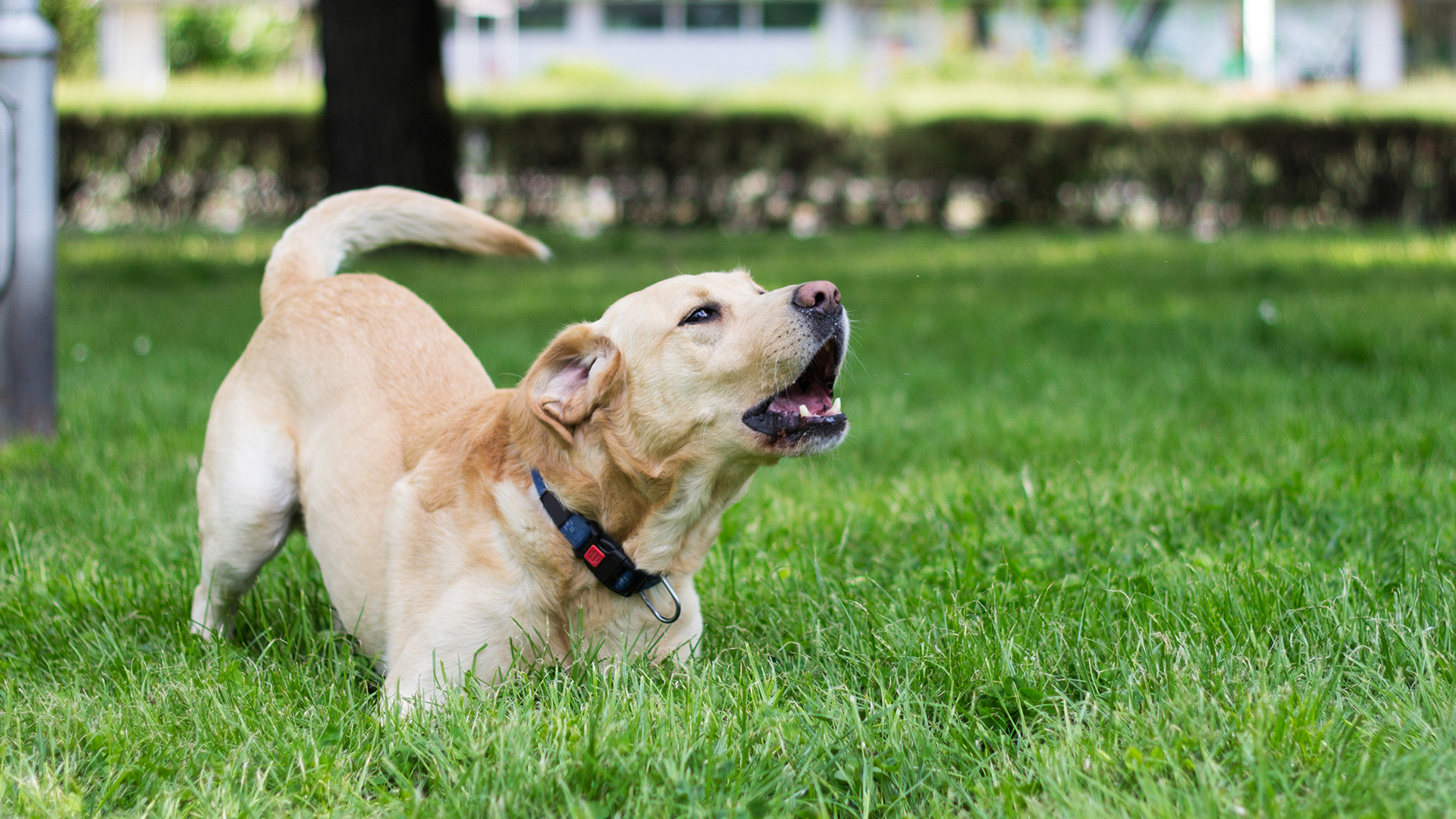
If you're keen to learn about reactivity in dogs, the chances are you've got a reactive dog on your hands. If that's the case, firstly: welcome, and secondly: you're in the right place.
Owning a reactive dog can be hard work. But reactive behaviors in dogs aren't uncommon. Essentially, this term is used to describe a pooch who overreacts to normal, everyday situations. For example, maybe they lunge, bark, growl, and fixate on people or objects? Or perhaps they cower, shudder or pull on their leash in certain situations?
More often than not, a reactive dog exhibits these behaviors for a reason – be it through fear or anxiety. Of course, learning what causes reactivity in dogs can help cast out this behavior.
Just know that a reactive dog is not necessarily an aggressive dog. But reactivity can turn into aggression – which is why it's a good idea to address this behavior sooner rather than later. So, to get to the bottom of reactivity in dogs, stick right here. We spoke to dog trainers, and vets and turned to research to find out everything there is to know about reactivity in dogs.
What is reactivity in dogs?
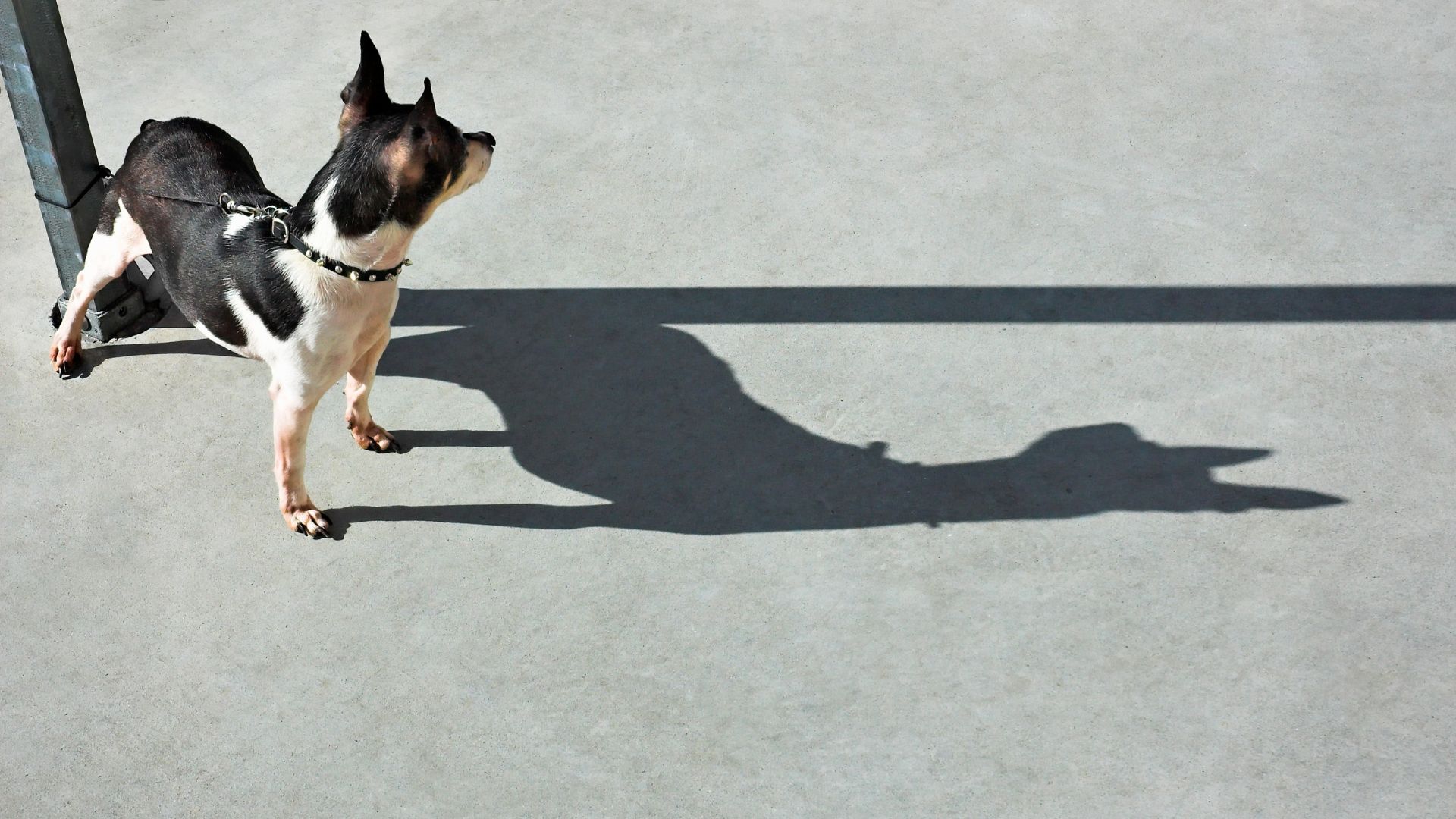
Very good question. Reactivity is the umbrella term used to describe dogs that overreact abnormally and excessively in response to certain stimuli. For example, this could be a reaction to an object (like a person or another dog) or a circumstance (like the doorbell ringing or a car passing). The most common types of reactivity include:
- Dog reactivity – In some cases, some dogs can be reactive to all other canines. Or they might be triggered by a certain type of dog like a large breed dog or one of the best small breed dogs.
- Leash reactivity – Ever had your dog jump, bark, growl or pull constantly while on their leash? Some dogs can become excitable and/or frustrated while on their leash because it prevents them from doing what they want to do – like saying hello to a person or another dog.
- Car reactivity – Some dogs are totally fine with cars, while others can bark and growl uncontrollably when they spot these big, loud, and fast objects.
Signs you have a reactive dog
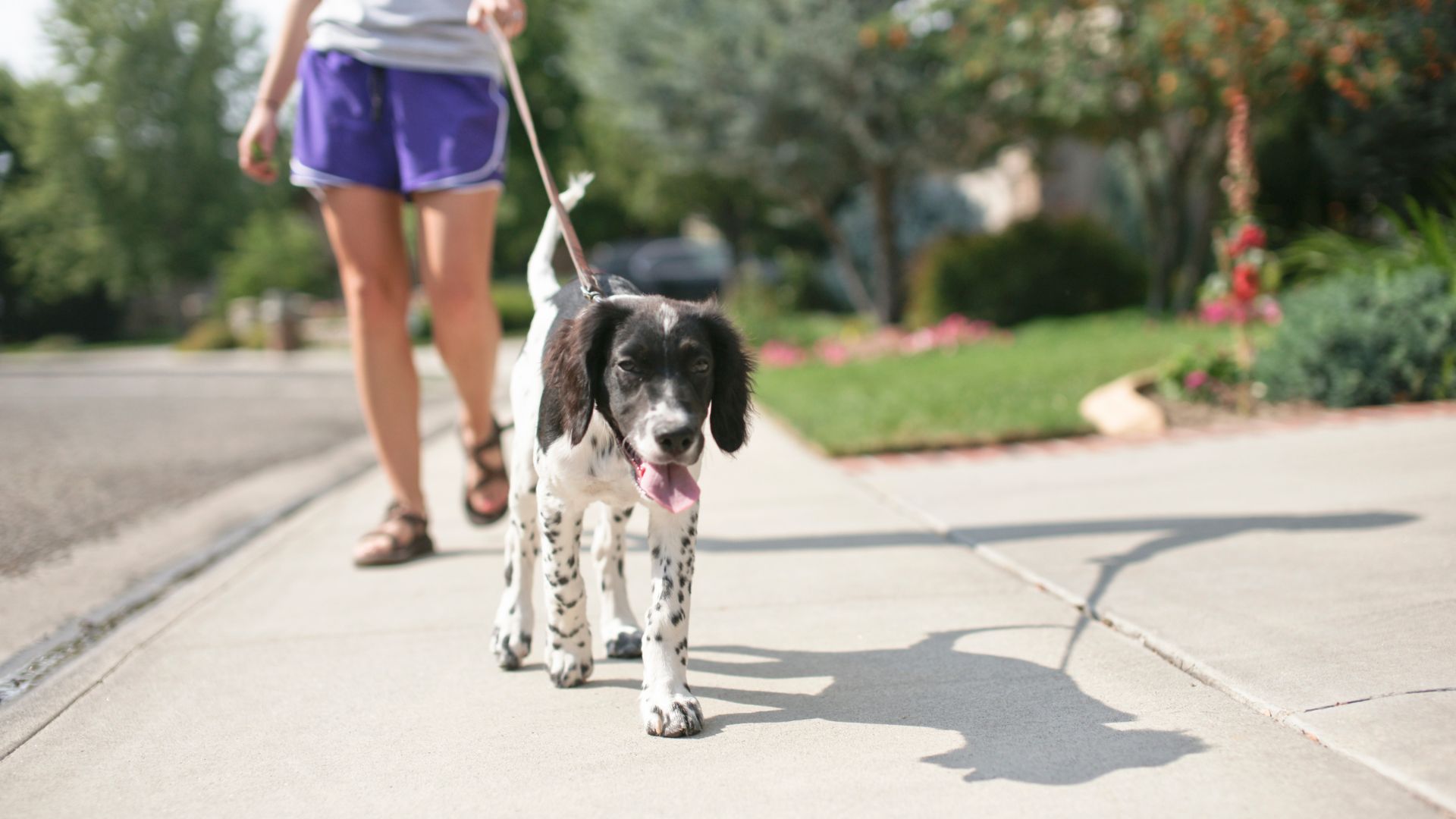
First things first, it comes as no surprise to hear: all our lovable fur friends are different – that's what makes them so magic, after all. But their differing personas, characteristics and genetics can make all the difference when it comes to how and if they show signs of reactivity. Generally speaking, common behaviors considered to be reactive include:
- Barking or growling excessively
- Lunging
- Going stiff in their body and posture
- Cowering and/or hiding behind you or going in between your legs
- Sudden scratching
- Intense stare
- Baring teeth
- Pulling on the leash
Causes of reactivity in dogs
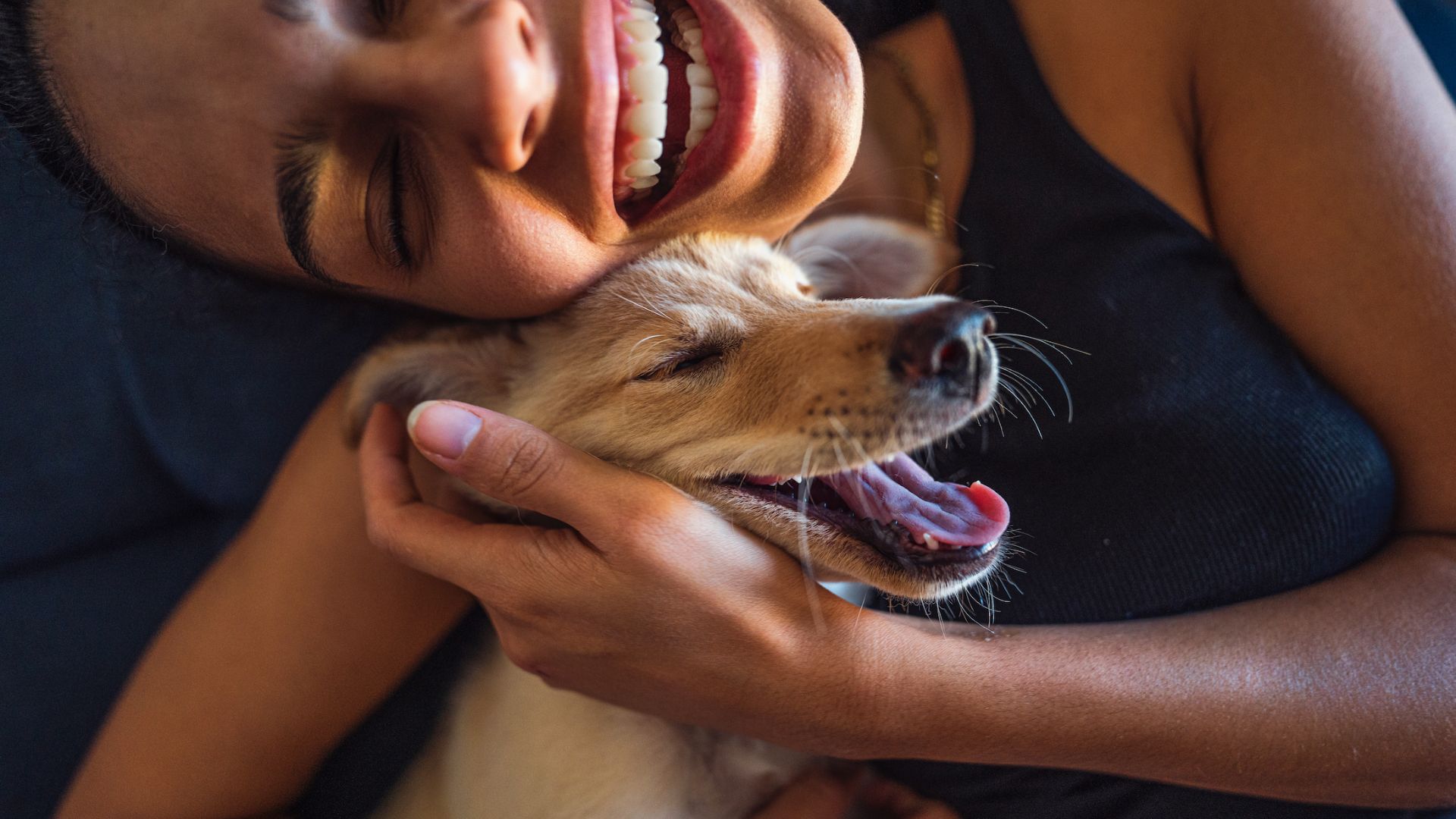
According to a new piece of research, published in the Journal of Applied Animal Welfare Science, reactive behavior in dogs can be linked to various factors ranging from an absence of training to genetics. But as the research found, the most common causes include “a lack of socialization, fear, trauma, and insecurities”.
Get the best advice, tips and top tech for your beloved Pets
Lara Sorisi, who is an Association of Pet Dog Trainers-accredited dog trainer agrees, saying that reactivity in dogs is normally linked to anxiety. "The dog is reacting to something that it’s either been negatively exposed to in the past, or hasn’t been exposed to in the correct way," the expert says.
"No matter whether it’s cars, dogs, people or even particular noises, the dog hasn’t been introduced to the subject correctly and that’s why it feels so unsure about it.”
Another cause of reactivity in dogs? Too much socialization and/or a lack of it. While a lack of education about dog-walking etiquette can also be to blame.
"One of the biggest issues that my wonderful clients face is that they do the training and are responsible on their dog walks, but their hard work is often ruined by irresponsible dog owners who haven’t trained their dogs correctly, don’t understand proper socialization and can’t even recall their dogs," Sorisi says.
If you're wondering, 'Are shock collars cruel?' this feature has the answer.
How to calm a reactive dog
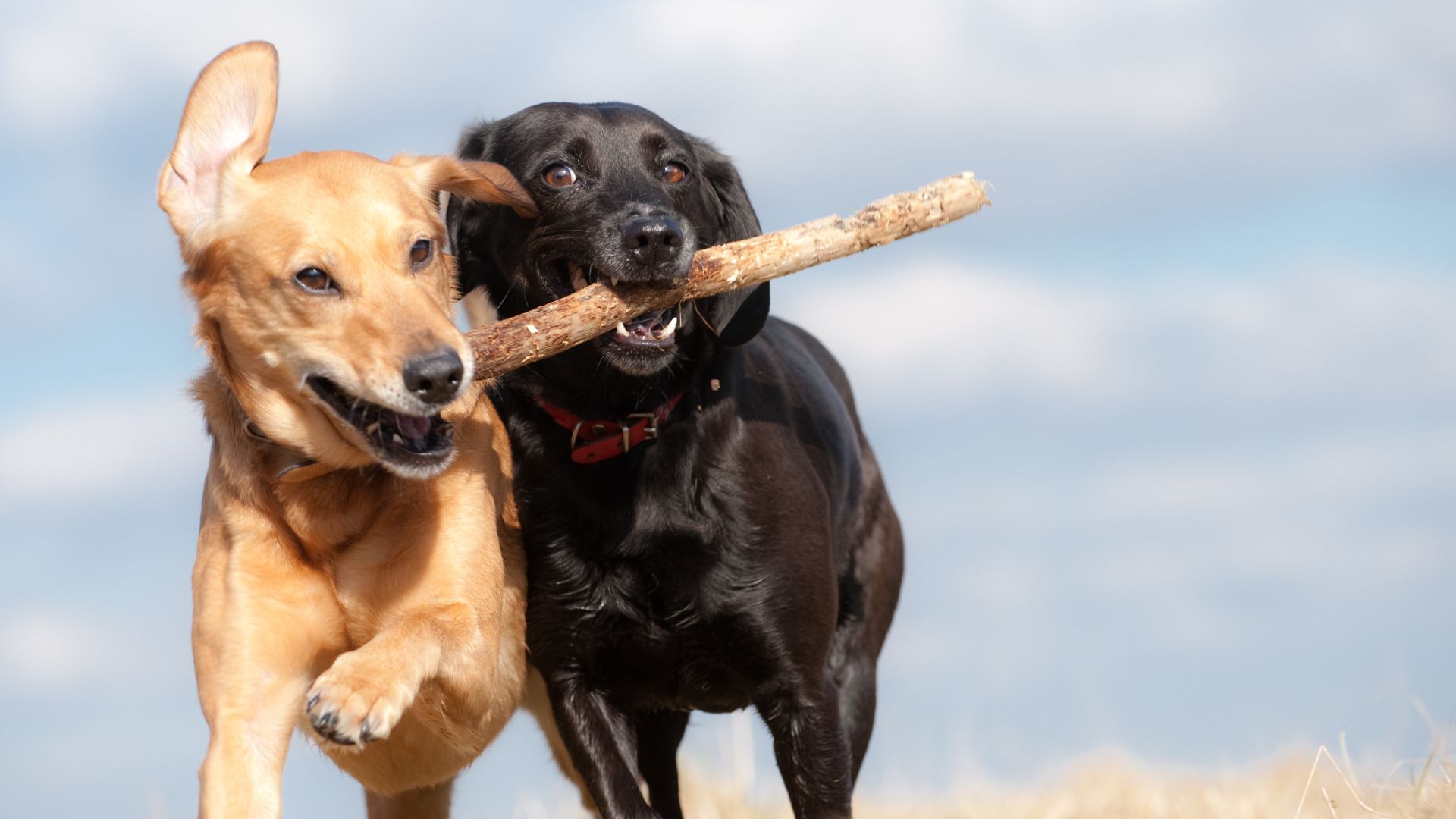
Now for the good news! Change is possible and having this reactivity training kit will help.
So if you've got a reactive pooch, who is ruling your life, learning how to calm a reactive dog is one of the best things you can do. Especially if you feel like you can't do simple, everyday things like leave your home to go outside for walks or invite people over at the risk of triggering your dog.
Some of the best ways to calm reactivity in dogs, include:
1. Creating a strong routine
We're creatures of habit – and so are dogs! But don't just take our word for it. In a video posted on TikTok, expert dog trainer Miles Hamilton said that the key to having an obedient, well-behaved and calm dog when you're out starts with creating strong daily routines and structure within the home. "Everyone wants a trained dog who can go outside, listen around distractions, be super well-behaved, but many people inside the house have no structure whatsoever," Hamilton explains.
2. Getting their training right
Training your dog will help ensure you and your canine companion get off on the right paw! But no matter whether you've had your pooch for years or just adopted a pup, it's never too late to teach an old dog new tricks – especially once you're armed with some of the best dog treats or the best puppy treats.
Whether you need to teach them how to sit, stay or stand, discover these practical tips for training your dog on your own. Or if you're still struggling, do consider roping in the experts like your vet or consulting a professional dog trainer who has experience in dealing with reactive dogs.
You might also want to read about the common mistakes you should never make when training a reactive dog.
3. Making changes at home
Change starts from home. And, as dog trainer and behaviorist Adam Daines stresses: “Management is just as important as training!". So if you're seeing unwanted behaviors that the dog is repeating and rehearsing, it's time to shake things up.
Daines suggestion? "Simple solutions such as frosted vinyl can remove visual stimulation to avoid the dog barking at passers-by, changing the doorbell to a new one is another easy way. For dogs who bark away the birds in the garden, put them on lead for a while when they go out to break the cycle. Stress that gets built up in the house doesn't just stay in the house, it affects your walks too. A dog full of adrenaline and cortisol leaving the house will be way more difficult to work with on a walk than if it left the house feeling calm.”
4. Creating space
Does your dog feel scared of other dogs? Does your pooch hate cars? Or perhaps they feel anxious about other people? If you're agreeing to any (or all) of these points, vet Dr. Joanna Woodnutt says that one of the best things you can do with a reactive dog is to create space between them and the thing that makes them feel triggered.
“Every dog will have a distance that they’re comfortable with, you’ll need to experiment to find it for your dog," Woodnutt explains. "If they’re reacting to other dogs, moving off the path so they feel less threatened will make it a lot easier to get their attention. If your dog isn’t calming down, they probably need more space – you may need to cross the road, or even walk the other way until they’ve got enough space to calm down.”
5. Rewarding calm behavior
Once your once-reactive dog gets it right (which they will!), Woodnutt says that rewarding your dog for exhibiting cool, calm and collected behaviors is vital. “Once you’re further from the thing that’s worrying them, they should calm down a little, although you’ll notice they’re still on high alert," Woodnutt says.
"Try to keep their attention on you by giving them plenty of treats, perhaps in exchange for a small command like sitting. If your dog turns to look at the other dog again, call their name – once their attention is back on you, reward them.”
Want some calm and collected playtime ideas for your reactive dog? Try these fun games for reactive dogs. Or you might be interested in reading some success stories, like how one writer navigated the social challenges with her reactive pooch or how another trained as a dog behaviorist to better understand her reactive dog, and it totally transformed their bond.

Dr Joanna Woodnutt qualified as a vet from the University of Nottingham where she then went on to practice companion animal medicine in the Midlands. She really took to the consulting side of things and helping clients with medical problems such as dermatology, behavior and nutrition - anything that involved helping clients understand their pets better.

Becks Shepherd is a lifestyle journalist who has worked with titles such as Tom's Guide, Marie Claire, and Fit and Well.
In addition to this, she’s a pet writer with nearly a decade of editorial experience across digital and print media. A devoted “dog aunt” and lifelong animal lover, Becks brings a personal touch to her pet content—whether she’s testing the latest dog gear or digging into behavioral tips.
She works closely with veterinary experts to ensure factual accuracy and is currently exploring animal care certifications to deepen her knowledge. Her work has appeared in leading outlets across health, wellness, and pet care spaces.
